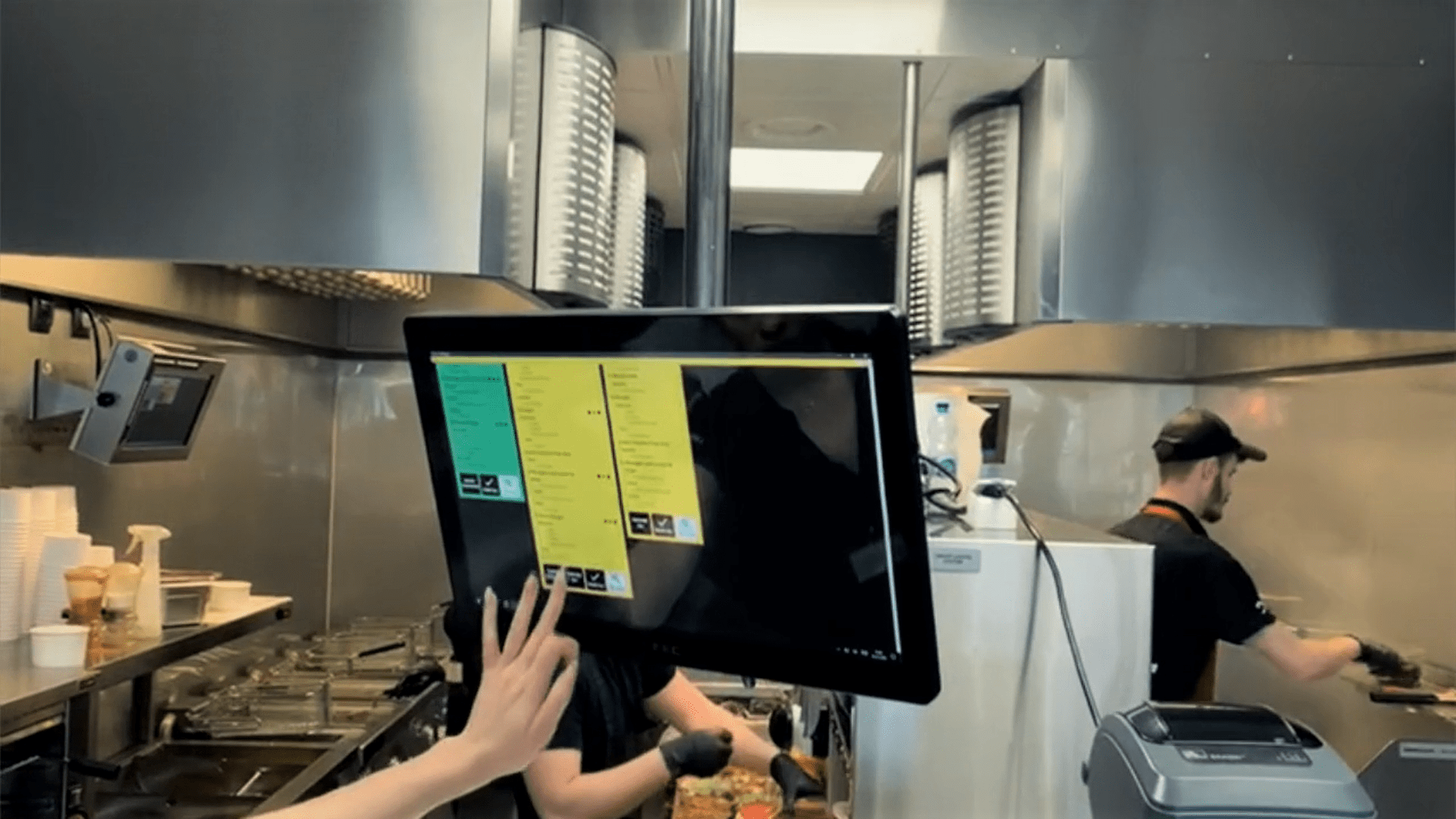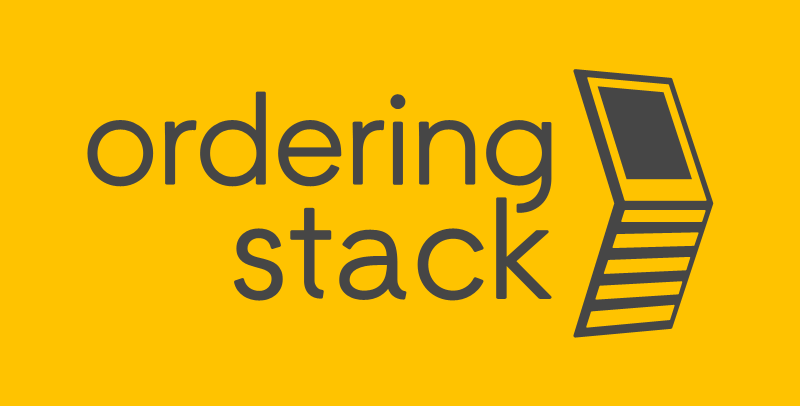GUTY Case Study – digitization of restaurant chain
Published: January 24, 2024
GUTY Case Study – digitization of restaurant chain
From the implementation of the omnichannel ordering system, through order handling along with the workflow process in the kitchen, to marketing and loyalty support.
A powerful transformation in harsh times
GUTY Foods is a fast food restaurant chain established in the Czech Republic in 1998. There are currently 28 restaurants in the Czech Republic, as well as nearby Poland and Slovakia.
The company offers Asian food with a strong focus on Vietnamese noodle soups, yet with a special twist of the national Czech cuisine and multiple inspirations from all of Asia. Customers value the company for delivering tasty food at a decent price with interesting flavor twists.
Guty was like many fast food chains in that it was in shopping malls, competing for customers in the food courts, and delivering lunch to nearby homes and offices. Orders were taken over the phone and manually delivered to the kitchen. The model is low-cost, and while it is becoming antiquated, it is still performing.
The COVID-19 pandemic was a game changer.
The pandemic situation in Czech Republic
In March 2020, the Czech Republic joined the rest of the world in implementing anti-pandemic measures. The University of Ostrava noted that the movement restrictions have been put in place as of March 24, 2020.
The country has declared a state of emergency, which has resulted in deleting all public events and closing restaurants, bars, and stores, with the exception of pharmacies, groceries, and similar basic services. The restaurants were allowed to either serve the take-away meals through the window or deliver the food to their clients.
– The first wave of the pandemic was overwhelming. Sales dropped to zero overnight. Restaurants were forced to close, and no one really knew what the future held. Online sales were the only way out for the entire restaurant industry. So, we put all of our efforts into a project that helped the GUTY brand reach a much larger market – Tomas Obadal, GUTY
The state of emergency has heavily affected the Czech economy, delivering an especially heavy blow to the hospitality sector. The IMF data indicate that the whole economy has shrunk significantly, reaching a 5.6% decline in 2020.
This harsh environment delivered a final motivation to transform the way the company operates.
The initial state
The company was operating in a partly digital model, with strong IT skills in-house and an effective POS system already established. Yet the company lacked an enclosed system that queued the orders in the kitchen. The communication was purely offline, done by exchanging ordering cards.
Read more about the levels of digitalization in our blog post with the complete guide to online ordering!
Also, the company had no digital channel available, so the orders had to be processed via telephone. The channel was planned due to the customers’ shift toward online channels from calling in. Yet the pandemic was a strong catalyst for doing that.
The first step toward delivering a system that meets these requirements was to conduct an audit and collaborate to create a clear vision of the system to deliver. After a workshop with executives from GUTY and experts from Ordering Stack, the set of requirements was sent.
The whole implementation took a month, counting from the beginning of the work to the end of the testing phase.
The solution
After the consultation sessions, the company decided to use Ordering Stack further and enrich the existing processes with the new digital tools offered by the Ordering Stack suite. This included:
A POS integration
The company was already using a technologically advanced POS system. Replacing it solely for the purpose of implementing new technology would be wasteful of both time and resources. Thus, the new system had to incorporate the Agnis POS as a fitting component. And it was true.
– From my perspective, integration with AGNIS (the POS system used in GUTY restaurants) was a little challenging; however, due to great cooperation with the GUTY team, it went quite well, and the final results are good. We achieve full integration for any type of order: delivery, takeout, but also dine-in in the restaurant. All orders go through Ordering Stack and are shown on KDS and customer status screens in each restaurant – Lukasz Kolczynski, Ordering Stack
The integration let the user import the product list directly from the POS system into the Ordering Stack environment, so they didn’t have to enter the menu twice. The integration was working both ways and enabled the POS system to seamlessly collect the orders from the digital channel.
Kitchen Display System (KDS)

A new element of the GUTY workflow was a full-scale KDS system, fully integrated with POS and internet ordering. The KSD system functions as a communication hub between the POS, the kitchen, and the serving room. The system does not simply provide information about upcoming and already prepared meals. It also puts the order in a queue to make the process go as quickly as possible and keep track of which kitchen tools are being used.
The communication process is made convenient by using large display screens both in the serving room and the kitchen, where the staff can see the flow of orders and customers get clear and reliable information about an estimated waiting time and the status of their order.
Because the ordering system, the POS system, and the KDS are all connected in three ways, all orders are processed in a closed environment.
See how the KDS system from Ordering Stack works:
Digital payments
Ordering Stack system was also integrated with a GP webpay system widely used in the Czech Republic. The system enables the customer to securely pay online using a credit card and Google Pay, among others.
With that, the users were provided with an easy payment system that could be used in all channels powered by Ordering Stack, be that an indoor display system, web app, or mobile app.
Delivery management
While collecting and queuing the orders requires a great deal of improvement when it comes to GUTY processes, managing the orders is only the first step toward optimizing the restaurant operations.
The Ordering Stack system also helped with delivery management, which was the next big thing. The delivery management was done by integrating the ordering system with the Placematic platform. The platform provides the company with a way to manage the ordering areas according to the closest or most convenient restaurant. The system gave the customer an autofill feature that worked with addresses in the Czech Republic. So, both sides have seen a big improvement in how the system works for users and how easy it is to use overall.
Menu configuration
Another headache for a restaurant owner is to configure the menu in a convenient and time-efficient way. While manual input is a simple method, it gets tiring and mistake-prone when done multiple times in many localizations.
For a fast food restaurant, a menu is a great way to upsell before the actual sale occurs by offering a preconfigured set or the ability to order a bigger product for a lower price. Ordering Stack system has delivered greater flexibility and convenience in building and ordering preconfigured sets of goods. While the Agnis POS doesn’t support this type of ordering by default, the integration with Ordering Stack made this possible.
By that, all systems used in the restaurant—the POS, the ordering system, and the KDS—easily process the ordering of either single, simple products like a dish, a soup, or a drink, or sets like a soup with a drink or a dish with a salad.
Ordering Stack provides the client with not only a convenient but also a highly appealing and aesthetic menu displayed on screens in the restaurant. Thus, the experience of the end customer has also improved.
Customer-facing application

The changes not only boosted the convenience and effectiveness of the restaurant but also provided customers with new options to order and interact with the company. While it is possible to use Ordering Stack out-of-the-box, the GUTY team found it more appealing to have full access to the app and be able to configure or slightly modify the front-end on-the-go.

Ordering Stack is an app that works in headless mode; it is built of multiple independent components joined by an API, so the client can either use several modules, the full product, or join it with some other tools. It is also possible for the client to modify existing codes to build a better-fitting app that will better serve its business purposes. That was GUTY’s preferred method.
You can check the ordering system on https://gutydelivery.com/
The implementation
– The pandemic period was exceptionally intense, and we had to move to the implementation phase as early as possible. Fortunately, the Ordering Stack team is exceptionally patient and professional, so everything was smoothly and problem-free implemented into production – Tomas Obadal, GUTY
Due to the technical experience and proficiency of the GUTY team, the Ordering Stack specialists could experiment with the technology to achieve the best results possible.
- Testing: The GUTY team has delivered a testing environment for the Ordering Stack specialists to explore possible ways to integrate the POS system with other components.
- Source codes – GUTY IT team wished to modify some elements of the Ordering Stack systems, especially the display and the front-end aesthetics. That’s why they were provided the source codes to work on.
The effect
The Ordering Stack system was deployed in all 22 restaurants in the Czech Republic and Slovakia by April 6.
– We are particularly proud of the number of new customers we have gained as a result of Ordering Stack, many of whom had never heard of the GUTY brand prior to using the recently released PWA app GUTY Delivery. We have chosen “Ordering Stack” for several reasons. First of all, they offered a multichannel ordering system. Our goal from the beginning has been to cover multiple needs with one product. This was perfectly fulfilled by ordering Stack. It not only provided us with new ordering options for our customers but also a KDS system for our kitchens and a flawless connection to our current POS system. Hand-in-hand, we achieved improvements not only in the online world but also in the offline world, thanks to KDS, which provided easier and faster order processing in our restaurants – Tomas Obadal, GUTY.
Lessons learned
- It is always good to have a testing environment to work with when implementing the system. Every test reduces the hassle and the possible mistakes during the implementation on production. While testing is a standard procedure for every large scale software project, GUTY’s team provided us with an extensive ability to test the software with real-life data and cases, so the system was super-polished before the launch.
- GUTY was a clear example that a headless system is a better fit for an already established and working organization. The ability to tailor the solution using an API made the connection with a POS system and the payment gate easier and less time-consuming than a total digital revolution.
– We have had nothing but good experiences with Ordering Stack and we are happy to be working with them. At GUTY, we believe in long-term collaborations—collaborations that move both companies forward. We are sure that 3e is the perfect choice for such cooperation – Tomas Obadal, GUTY


